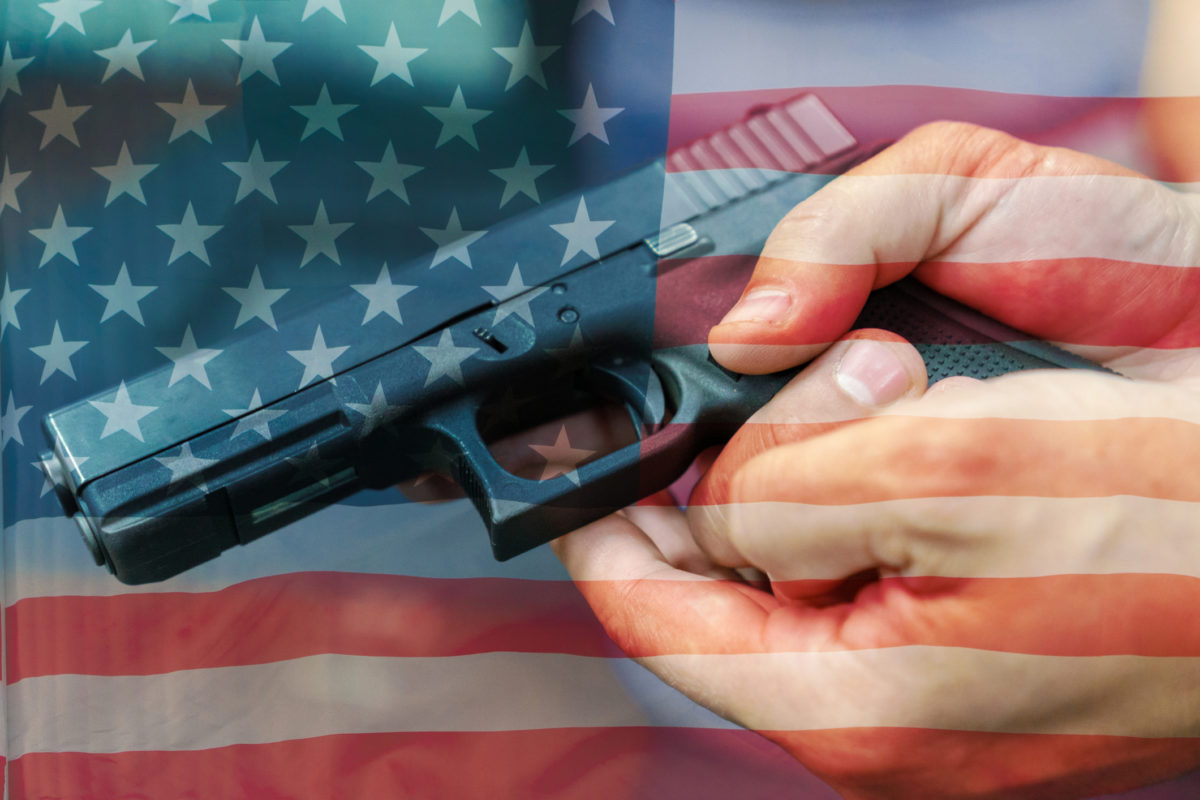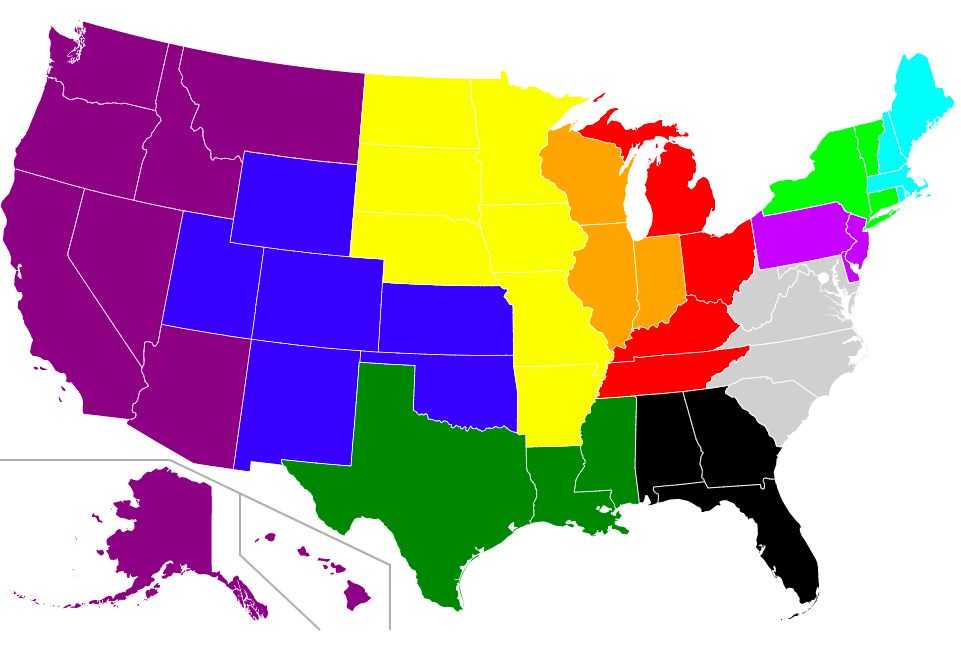
All About The Latest 9th Circuit Ruling On Gun Control
By Charlotte Spencer
On Wednesday, March 24, 2021, there was a key ruling in the long legal battle between gun rights activists and gun control activists in the United States. It won’t be the last ruling on gun regulation by far, but it will get us one step closer to an answer on how the Supreme Court sees the matter, as the losing side has already stated that they will take this to the Supreme Court.
What Led Up To This Case?
The Plaintiff-Appellant in this case, George K. Young Jr., challenged Hawaii’s firearm licensing law, Hawaii Revised Statutes § 134-9(a). This law allows the Chief of Police to grant a license to carry concealed a pistol or revolver and ammunition if:
- It is an exceptional case AND
- An applicant shows reason to fear injury to the applicant’s person or property AND
- The applicant is at least 21 years old AND
- The applicant is a U.S. citizen or a duly accredited official representative of a foreign nation AND
- The applicant passes the background check
This law also allows the Chief of Police to grant a license to openly carry a pistol or revolver, and ammunition if:
- The urgency or the need has been sufficiently indicated AND
- The applicant is an applicant of good moral character AND
- The applicant is at least 21 years old AND
- The applicant is a U.S. citizen AND
- Is engaged in the protection of life and property AND
- Is not prohibited under section 134-7 from the ownership or possession of a firearm AND
- The applicant passes the background check
Young applied for twice, and was denied, a license to openly carry a firearm in 2011 because he failed to prove sufficient urgency or need. Young originally took his case to the District Court, where it was dismissed. See Young v. Hawai‘i, 911 F. Supp. 2d 972 (D. Haw. 2012). He appealed this decision in the 9th Circuit. The 9th Circuit’s decision here is particularly interesting because the 9th Circuit had previously ruled individuals do not have a second amendment right to carry concealed weapons in public in Peruta v. County of San Diego, 824 F.3d 919 (9th Cir. 2016) (en banc). This means that in Wednesday’s ruling, the 9th Circuit was essentially ruling as to whether, in the context of its own previous rulings, individuals have a second amendment right to carry firearms in public at all.
What Exactly Did The 9th Circuit Rule on Wednesday?
The Court ruled against Young, thus, in the context of the previous 9th Circuit ruling in Peruta v. County of San Diego, essentially stating that Young has no second amendment right to carry a firearm in public at all. It’s important to note here that this ruling is specifically on the matter of carrying in public. The words “in public” are never mentioned or implied in the second amendment:
“A well regulated Militia, being necessary to the security of a free State, the right of the people to keep and bear Arms shall not be infringed.”
The 9th Circuit Court did not rule against Young’s second amendment rights. Rather, the Court ruled against Young’s interpretation of his second amendment rights. As the Court put it: “We easily conclude that HRS § 134-9 is facially consistent with the Second Amendment.”
Young also brought up the 14th amendment’s due process clause, but lost this argument as well. He never followed procedures to request a hearing as to the matter under HRS § 91-9, and therefore the 9th Circuit reasoned that, “Young’s claim that § 134-9 lacks an opportunity for appellate review is based on his own speculation.” In other words, the Court won’t speculate as to whether he would have been denied due process had he pursued it.
What Did The Dissent Say?
Four of the eleven judges dissented. The dissent reasoned that HRS § 134-9, and therefore the Court’s enforcement of that law, does in fact conflict with the second amendment. Specifically, they reasoned that the word “bear” as used in the second amendment is synonymous with the word “carry” in HRS § 134-9, and that because of this HRS § 134-9 infringes on that portion of the second amendment.

What Do Gun Control Advocates Say?
Several advocacy groups have been pushing for stricter gun control laws and stricter enforcement of gun control laws in the wake of recent shootings. Shortly after the ruling, Eric Tirschwell, managing director for Everytown Law, the litigation arm of Everytown for Gun Safety gave the L.A. Times a statement emphasizing that the ruling came from “respected appellate judges across the ideological spectrum…” Celebration from other gun control advocates is sure to follow this verdict, but they know that they still have a lot of work ahead. This will certainly not end here. Both sides know that they are gearing up for an eventual meeting in front of the Supreme Court.
What Do Gun Rights Advocates Say?
Soon after the decision the NRA tweeted: “BREAKING: The US Court of Appeals for the 9th Circuit just ruled that THERE IS NO RIGHT TO CARRY – either openly or concealed in public. This ruling impacts RTC laws in AK, HI, CA, AZ, OR, WA, & MT. This was not an NRA case but we are exploring all options to rectify this.” As one can surmise from the all capital letter emphasis, the NRA is objecting to the same thing that the four dissenting judges objected to. In other words, this will likely, at least in large part, eventually be a Supreme Court case focusing on the use of the word “carry” in the Hawaii statute, and the use of the word “bear” in the second amendment.
What Happens Next?
This directly conflicts with rulings of other courts that the 9th Circuit is on equal footing with, which means that when this goes to the Supreme Court they will be choosing between conflicting precedent from different parts of the country. See for example, Moore v. Madigan, 702 F.3d 933, 941 (7th Cir. 2012). The 9th Circuit dissent specifically cited this case in which the 7th Circuit Court ruled that the second amendment right to bear arms extended beyond the home, and that a similar Illinois ban was thus unconstitutional. The losing side has already stated that they will take this to the Supreme Court. In the meantime, until the Supreme Court makes a decision overruling one lower court or another, conflicting rulings stand in their respective jurisdictions.
This is one of a series of articles we are doing on gun laws. For more on pending legislation see our recent article from Feb. 18 on proposed legislation affecting background checks in the United States, or for the most up to date legislation see congress.gov.
A Note on the Spellings of Hawaii and Hawai’i
See this document from the Department of the Interior for an explanation of the usages of the two different spellings in this article. As this document explains, ‘The name of the state, Hawaii, is not written with an ‘okina between the two “i”, because our Statehood Act in 1959 used the spelling “Hawaii.” An Act of Congress is required to “correct” the name of the state to Hawai‘i. Thus, the name of the state is Hawaii, while the name of the island of the same name is Hawai‘i.’ In our article we have used the spelling of Hawai‘i in instances where the Court has used that spelling.
The writer is a lawyer and a coder, and a member of the Arizona bar. If you have feedback on this article, please write to us at marketing@biometrica.com.